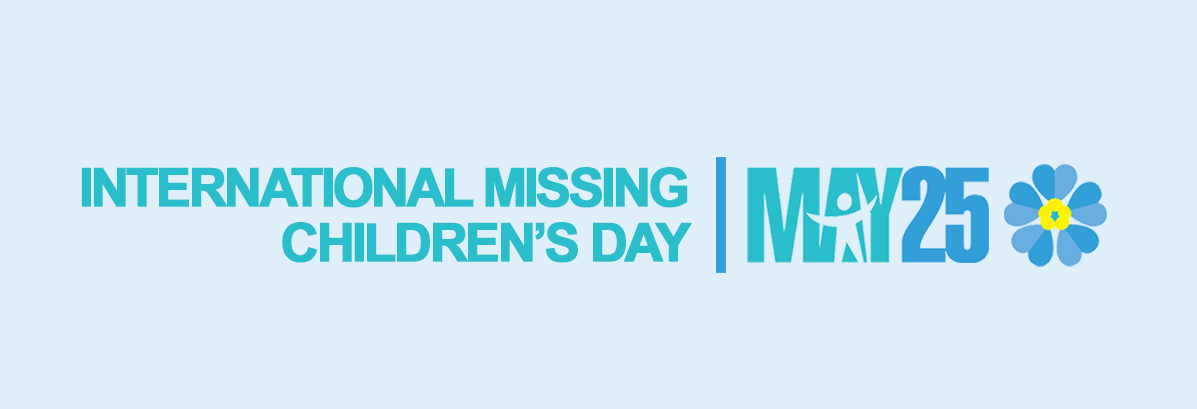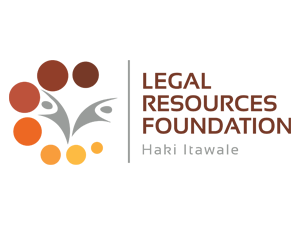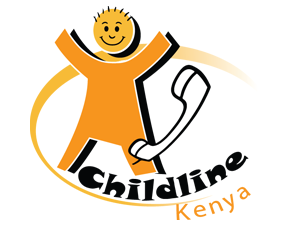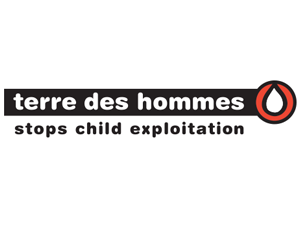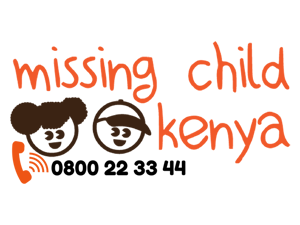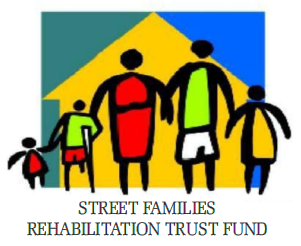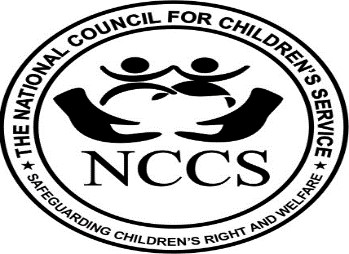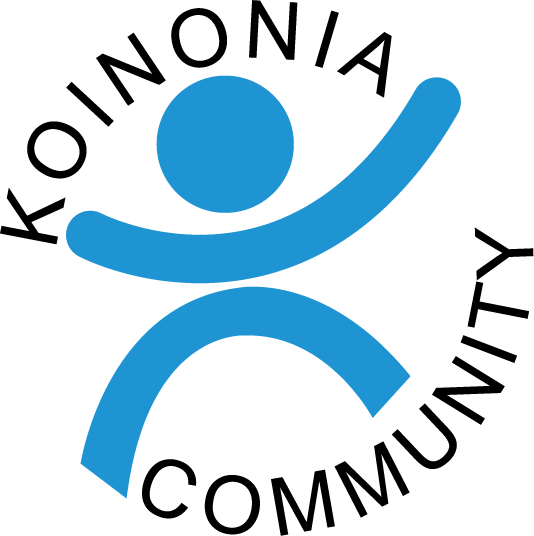Homepage
Over the years, Kenya has continued to experience an increase in the number of cases of missing children. Statistics from the Child Protection Information Management System (CPIMS) show that from 1st January 2022 to 1st May 6,374 cases of missing children were reported.
The need to promote the safety of children is recognized in the 2030 Agenda for Sustainable Development as a precondition for global development. Target 16.2 of the Sustainable Development Goals (General Assembly resolution 70/1), which calls for putting an end to all forms of violence against children, including the abuse and exploitation of and trafficking in children, serves as a reminder that children need to grow up in safe environments.
A child whose whereabouts are not known to the parents, legal guardians or any other person or institution legally entrusted with the custody of the child. This includes children who have run away, been abducted/stolen, lost, and found children.
- Try not to panic.
- Enlist the help of a relative or a friend.
- If your child goes missing from your home, begin by thoroughly searching your entire house and property, including small hiding places and other areas within your compound of residence.
- Check to ensure that your child isn’t at someone’s house such as a neighbor, friends, family, or acquaintance.
- Verify if any personal effects or clothes are missing. This could indicate a runaway situation.
- Look for any clues or messages that could have been left behind.
You are advised to report immediately. There is no minimum waiting period (such as 24-hours) before reporting the disappearance of a child. Missing children cases heavily rely on the time factor for the successful return of a child.
The first 48 hours are the most crucial in missing children cases and this depends on the time the parent/caregiver realized that the child is missing and time the case was reported to relevant authorities for investigations to commence.
A report should be made immediately to the nearest Police Station/Post/Administration Police (AP), Nyumba Kumi official, Area Chief or a Sub County Children office. Reports can also be made by calling Child Helplines 116 and/or 999, 0800 223344.
The person reporting needs to provide all the details they have about the child including:
- Child’s name.
- Date of birth.
- Time and location last seen.
- What the child was last wearing.
- Description of child (Height, gender, and any birthmarks).
- A recent photograph.
- Medical/developmental challenges.
- Any previous history of going missing if any.
- Spoken languages.
- Person last seen with (if applicable)
The more detailed the information, the better. This information increases the chances of finding the child within the shortest time possible and in the verification and reunification process.
An Occurrence Book Number (O.B.) should be obtained from Police.
If a missing child has been spotted, reports should be exclusively made to the nearest Police Station/Post/Administration Police (AP), Nyumba Kumi official, Area Chief, or a Sub County Children’s Officer. Reports can also be made by calling Child Helplines 116 and/or 999, 0800 223344. This will set off the process of verification.
Information on a missing child may come from diverse locations and persons. It is important that such information is verified before any action is taken to avoid cold or false leads.
Information of persons giving leads will be authenticated by confirming their biodata, location, phone details and their ability to provide a sequence of events that link to the incident of the missing child.
All relevant reporting agencies listed will also be involved in authenticating information received from lead persons. Parents, Guardians are discouraged from independently verifying the leads or paying money /fees for such.
A person who has found a lost and found child is encouraged to immediately take them to the nearest Police Station/Post/Administration Police (AP), Community Leadership, Area Chief, or Sub County Children’s Office.
In some instances, the family of a child may be identified immediately thus eliminating the need for placement in an institution. Rescue and Placement involves placement of the lost and found child in a place of safety which may be a rescue Centre, a Charitable Children Institution and/or a verified person. A public alert f will then be issued to help trace the child`s family.

